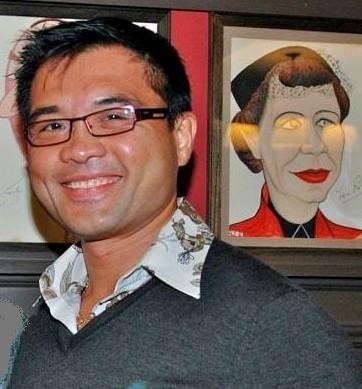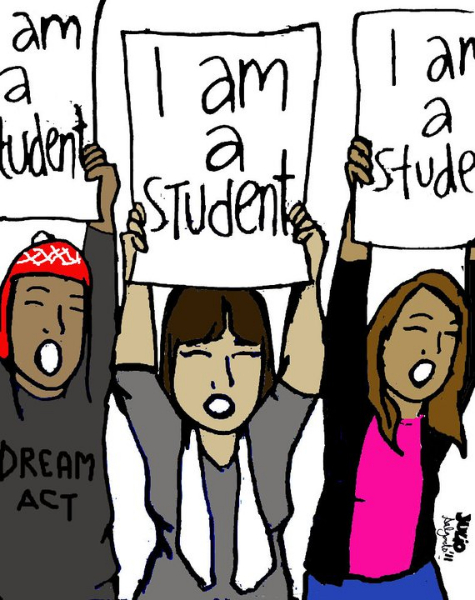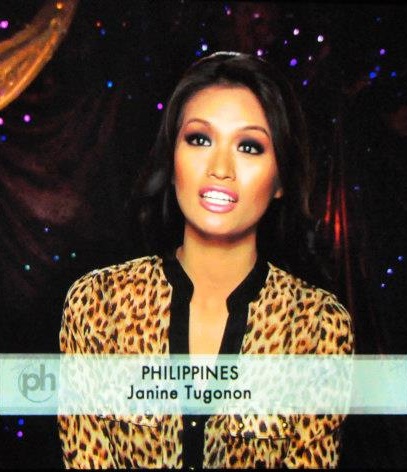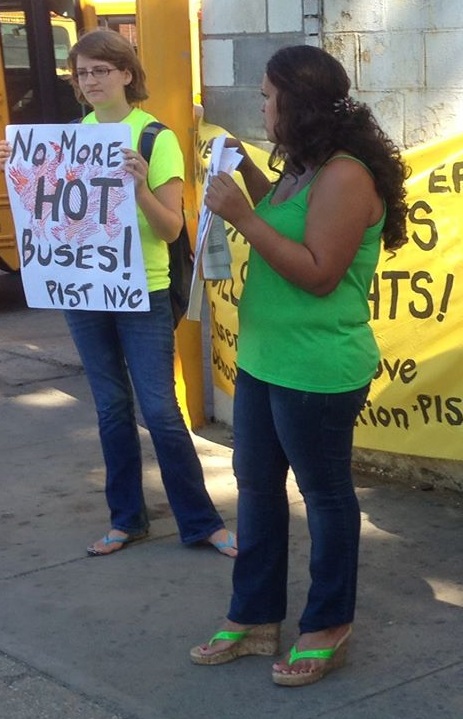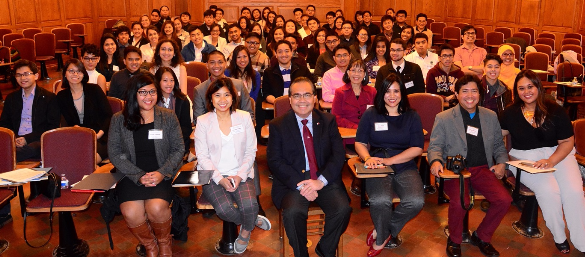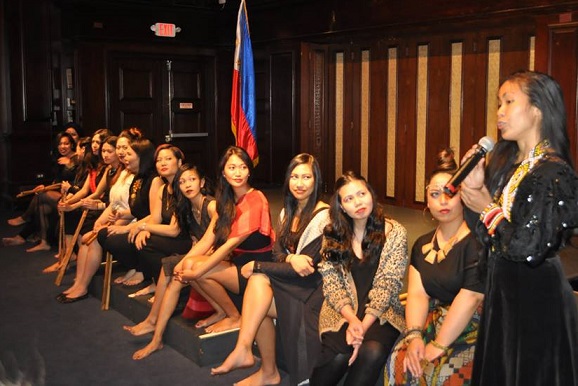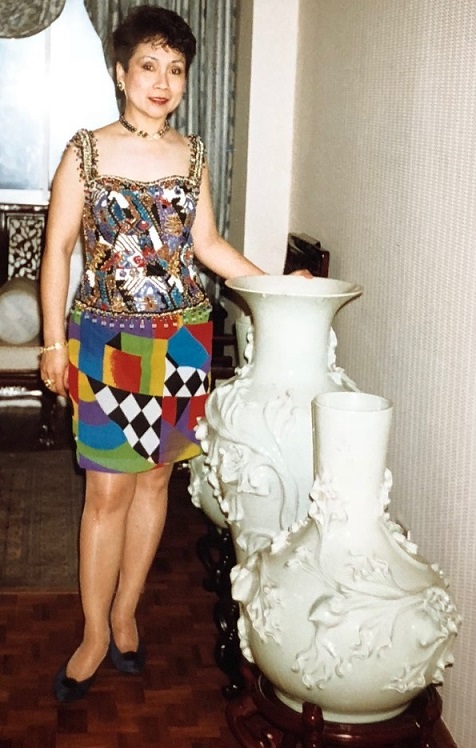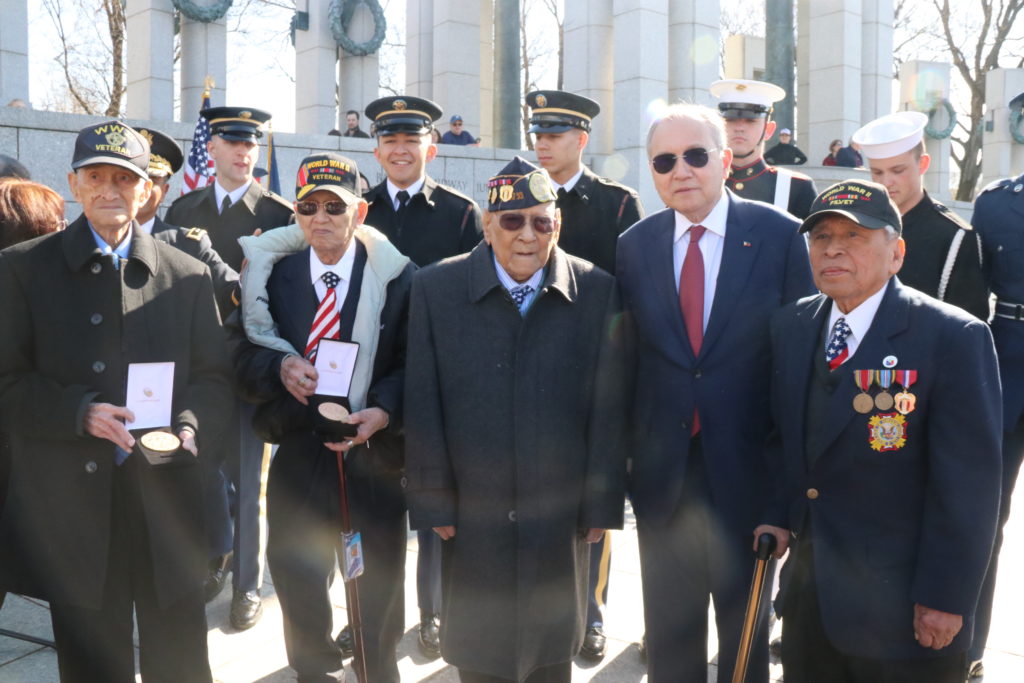Faculty leads a project to decolonize University of Michigan’s PHL collections (Part 1)
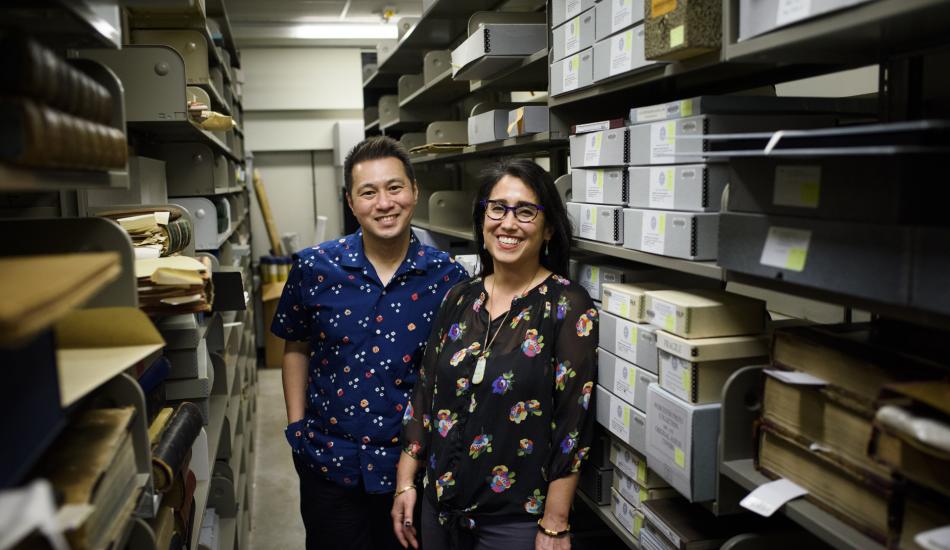
By Sarah Derouin
The University of Michigan’s Ann Arbor campus is 8,199 miles from Manila, the capital city of the Philippines. Spread throughout multiple campus locations is one of the largest collections of historical Filipino artifacts outside of the archipelago nation.
But how did such a robust collection end up at a Midwestern university? It’s a long story.
“There’s not enough recognition of how complicit our institution was in American imperialism, and not enough knowledge and education about that history,” says Deirdre de la Cruz, associate professor of history at the College of Literature Sciences and the Art. “It’s outrageous when you think about it. What are these Philippine artifacts and photographs and archival materials doing here, halfway around the world, in the middle of the United States? Do Filipinos even know they exist?”
Ricky Punzalan, associate professor of information and Filipino scholar, wanted to upend the curation confusion and repair the damaging colonial history of the Philippine collections. He teamed up with de la Cruz, and together they are co-leading a new project: ReConnect/ReCollect: Reparative Connections to Philippine Collections at the University of Michigan.
The goal of the ReCollect/ReConnect project is to look at the collections with fresh eyes, repair harmful historical descriptions, and construct new models for how to best engage community members and scholars with the plethora of Filipino history stored at U-M. Punzalan and de la Cruz assembled a team of researchers, students, librarians, archivists, and community members to take on this critical reparation work.
The project also works in partnership with collections faculty and managers at the University of Michigan’s Bentley Historical Library, Special Collections Research Center, and Museum of Anthropological Archaeology to create recommendations for representing Philippine collections held by various campus units.
U-M recognized the importance of this reparative work on the Philippines collection and awarded the project a $500,000 grant toward the pilot program.
“This project is really a first in terms of bringing together curators, librarians and archivists from across campus to look at collections that are highly distributed,” says Nancy Bartlett, associate director of the Bentley Historical Library. “We are having conversations as a team about these important collections that we’ve never had before.”
The imperialist origins of the Philippine collections is only one part of its problematic history. The collection is spread out around the campus, housed in various libraries and museums. Artifacts are separated by campus geography, but also further isolated by spotty, poorly named, and disconnected records.
“There is, at best, inaccurate information around the description of the collection, and that’s to put it mildly,” says Punzalan. “Some items have information that is just wrong, racist, or harmful to Indigenous source communities.”
Repairing the Philippine collections at U-M is crucial not only to the academic community but also to the Filipino community here in Michigan and beyond.
“These are hugely important collections at an international level, in terms of the history of imperialism in the Philippines,” Bartlett says. “The University of Michigan is a ‘go-to’ destination for that highly complicated story.”
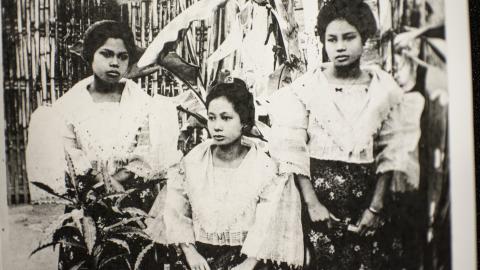
Punzalan says the first step of good stewardship is to recognize the problems with curation practices and storage over the past century. He notes that while some people may worry about framing the Philippine collections as harmful, reparative work requires honest assessment. “You really cannot repair relationships if you don’t admit that you harmed people.”
That acknowledgement of harm means understanding the connection between the Philippines and U-M.
How did U-M get these collections?
It all began with a rich uncle, a 19th century-drive to collect natural history specimens, and a U-M alumnus with wanderlust named Joseph Beal Steere.
“Steere was an adventurous guy,” says Kerstin Barndt, director of the Museum Studies Program and group member of ReConnect/ReCollect. “He was a 19th century naturalist who studied everything that came his way.”
Barndt has been unearthing the history behind U-M collections. She co-edited “Object Lessons and the Formation of Knowledge. The University of Michigan’s Museums, Libraries and Collections,1817-2017.” Barndt also wrote the chapter on the first U-M global collecting tour, which was led by Steere.
Collecting artifacts from the other side of the world wouldn’t come cheap, but Steere had help. His uncle, wealthy businessman, newspaper publisher and U-M alumnus Rice Aner Beal, agreed to finance an expedition in exchange for letters chronicling the tour that Beal could publish in his paper, the Ann Arbor Courier.
With his funding secure, Steere mapped out an ambitious itinerary. Between 1870 and 1875, he traveled to South America, the Philippines, Taiwan and China, with stops along the way. Steere’s collections grew, and by the time he returned to U-M, he had amassed some 60,000 specimens of plants, animals and insects, and more than 800 cultural objects. The haul became the foundation of the first U-M museum building project and landed Steere a position as a zoology professor at the University.
In 1887, Steere returned to the Philippines, this time with students in tow. That group of students included Dean Conant Worcester. The trip was pivotal for Worcester, who eventually settled in Manila and was appointed Secretary of the Interior of the Philippine Islands by President McKinley during the American colonial occupation of the country.
“Like a lot of white imperialists, Worcester was an avid photographer, and over the course of his career in the Philippines used photography extensively to document Indigenous communities and Filipinos, and to defend the imperialist ideology and civilizing mission,” says de la Cruz, adding that Worcester’s photographic collection and archive is spread across the U-M Museum of Anthropological Archaeology, the Bentley Historical Library, and the University Library’s Special Collections. “It makes up one of the most extensive Philippine collections in the world, and has been used by many scholars.”
Worcester’s work and knowledge spurred collaborations with other scientists, including Carl Guthe, an American anthropologist at U-M. University administrators persuaded Guthe to carry out a major archaeological expedition in the Philippines, with the promise of establishing an anthropology museum and an anthropology department from 1922-1925. He agreed, and today, the U-M Museum of Anthropological Archaeology (UMMAA) has a large collection of Philippine archaeological artifacts.
“UMMAA as well as other museums and collections on our campus are deeply marked by the history of colonial collection efforts and systems of knowledge production,” says Barndt. She notes as UMMAA is getting ready to celebrate its 100th birthday later this year, it will also critically engage with that history.
It is not just the physical collections that connect U-M to the Philippines, but also the lingering presence of the university in the country over more than 100 years, says Punzalan. “If you look deeply, U-M’s connection to the Philippines is because we sent our students and faculty there and they became colonial administrators,” he says. “We sustained this as a university; we willingly brought people there because we found the potential of studying another territory so tantalizing.”
Sarah Derouin is a public relations specialist at the University of Michigan School of Information. This article is being republished with permission from the UM’s ReConnect/ReCollect project.
NEXT: Restoring collections for everyone

